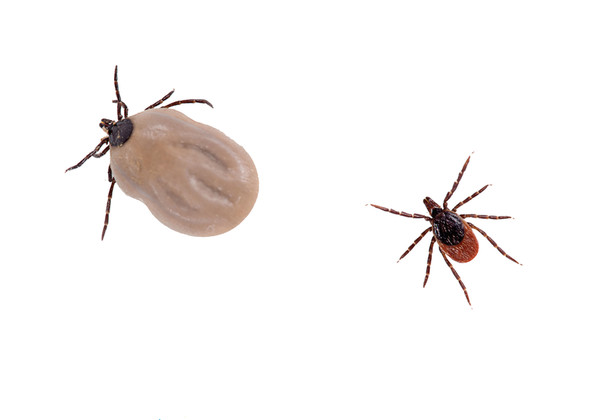Molecular detection of Rickettsia spp. in wild ungulates and their ticks in Mediterranean areas of southwestern Spain
Abstract
Wildlife is an important reservoir of zoonotic pathogens. The objective of the present study was to assess the importance of wild ungulates in the epidemiology of Rickettsia spp. Ticks and spleen samples were collected from 262 red deer (Cervus elaphus) and 83 wild boar (Sus scrofa) hunted in southwestern Spain over a 5-year period. DNA was extracted from tick pools (n = 191) and spleens (n = 345), and two nested PCR assays targeting the rOmpA and rOmpB genes were used to detect Rickettsia DNA. Five tick species were identified (Hyalomma lusitanicum, Dermacentor marginatus, Ixodes ricinus, Rhipicephalus bursa and Haemaphysalis sulcata). Rickettsia DNA was detected in 31 (16.2%) tick pools and two red deer spleen samples (0.8%). Four validated Rickettsia species (R. slovaca, R. monacensis, R. helvetica and R. raoultii), one uncultivated species (Candidatus R. rioja) and two uncharacterized Rickettsia spp. were detected in ticks. R. helvetica and R. slovaca were also detected in spleen samples from red deer. The overall prevalence in ungulate spleen samples was lower than in tick pools suggesting that these ungulates do not play a major role in the transmission of Rickettsia spp. However, their importance as spreaders of positive ticks cannot be ruled out. The results present a challenge for the veterinary and public health communities since most of the Rickettsia spp. detected are pathogenic. Furthermore, the new Rickettsia species could be potential pathogens. For these reasons, identifying Rickettsia species present in ticks and wildlife is of particular interest to clarify their sylvatic cycle and establish appropriate control measures.




